Sometimes a garden can be the best room in the house, a great place to spend time with friends and family, to walk together and share its beauty, to be diverted and distracted, to pass the time and forget ourselves. We can wander off and make discoveries, tell tales, find reflections and common ground.
We’d come to see my parents and we marvelled at their tulips but we were too early for the dahlias. The garden is a labour of love but it’s not very big so after a few circuits we moved on and went to visit Holker Hall. The house is very historic and was described by Nikolaus Pevsner as “the grandest [building] of its date in Lancashire… by the best architects then living in the county.” But we stayed outdoors and explored the wonderful gardens.
Mum and Dad seemed to know where they were going.
I went off to walk the labyrinth.
At the fountain we found each other again.
The garden is a haven of peace, free from the distractions of media and technology.
Then suddenly amidst a sea of wild garlic, an enormous lime tree with a wide, statuesque base, twenty-five feet around, fluted with buttresses, its upper storey ill defined, disguised by newborn leaves on a thicket of branches, suggesting this is perhaps a pollard lime. As I went around the tree I noticed a window, punctured through the trunk to a space within. I imagined if I climbed above head height I might drop down into a hollow interior, and thence into an underground network of caves and tunnels and secret passages that might lead me back into the house or to somewhere else entirely.
I found this photo of the UK’s largest lime at BBC Earth.
Great Lime at Holker
One of the largest and finest common limes in Britain, this awe-inspiring tree (Tilia x europaea) has an enormous fluted trunk. Common lime is a hybrid between small-leaved and large-leaved limes, which appear to have arisen naturally. The date of its introduction to Britain is uncertain. The tree’s girth is 25 feet 11 inches (7.9 metres) and it is an amazing sight to behold.
The lime grows in the 25-acre gardens of Holker Hall, an impressive building owned by Lord Cavendish, which is surrounded by a deer park planted in the late 18th century by Lord George Cavendish. The earliest records of a house on the present site date back to the beginning of the 17th century. From then until the present day the estate has been the home of three families: the Prestons, the Lowthers and the Cavendishes. The estate has never been bought or sold, but has passed by inheritance through the family line.
It is thought that the “Great Lime” was probably planted as part of the establishment of the formal gardens in the early 17th century. The earliest record of the Holker gardens dates back to the 1720s when Sir Thomas Lowther and Lady Elizabeth Cavendish were the owners. The gardens are now a beautiful setting and include several other record trees including some spectacular monkey puzzles.
Heritage Trees In Britain 2011: The Tree Council
※
On the way home we called in at Compton Verney in Warwickshire, a favourite stopping place and better than any motorway services. The grounds were laid out in 1770 by Lancelot ‘Capability’ Brown and the house is now home to the largest collection of British folk art in the UK.
The Pleasures of the Countryside: Jean-Baptiste Huet
There was also an exhibition called Creating the Countryside, but no cameras allowed so I’m gleaning a few images from the internet, pictures from the rural idyll past and present.
A major exhibition examining our relationship with the countryside, bringing together Old Masters and contemporary artists whose work spans more than 350 years. ‘Creating the Countryside’ provokes reflection on the artistic, social and political forces that have played an important role in forming successive generations’ perceptions of this ‘green and pleasant land’.
The rural idyll occupies a deeply rooted place in the nation’s psyche – Compton Verney’s ‘Capability’ Brown landscaped grounds are themselves an expression of this. ‘Creating the Countryside’ explores how artists have shaped the vision of rural life and landscape, offering a new perspective on the countryside and its expression in contemporary art and society.
Works by artists including Thomas Gainsborough, Claude Lorrain, George Stubbs and Stanley Spencer are joined by pieces from contemporary artists such as Mat Collishaw, Anna Fox, Sigrid Holmwood and Grayson Perry to present you with a broad spectrum of responses to, and interpretations of, this sceptred isle.
Hollow Oak: Mat Collishaw
A solitary oak tree – an icon of the English landscape – is contained within an original wooden case used to carry nineteenth-century photographic negatives. The projection on to etched glass evokes the nostalgic quality of an historic photograph but is slowly revealed as a moving image, animated by the sound of birdsong and rustling leaves.
Creating the Countryside: Verity Elson & Rosemary Shirley
Rustic Civility: William Collins
William Collins’ ‘Rustic Civility’ (1833) implicates the viewer directly in the harmonious vision of the countryside as we share the perspective of the figure on horseback, present only in the form of his shadow. The ‘rustic civility’ exhibited by the children – one of whom tugs his forelock in deference – reflects one of the primary appeals of rural imagery during this period, the idea of a stable social hierarchy.
Ibid
The Laird: John Pettie
The commanding figure of ‘The Laird’ by John Pettie (1878)… embodied a way of life and a set of values that were prized, and mythologized, as an antidote to the changing social relationships experienced in both town and countryside.
Ibid
Spring: East Bergholt Common: John Constable
John Constable’s oil sketch ‘Spring: East Bergholt Common’ (c.1814) conveys a sense of the timeless quality of the agricultural landscape, yet it also bears witness to an important period of change, recording the ploughing of recently enclosed common land. The period of rural unrest that accompanied the enclosures meant that comforting images of an unchanging world and a virtuous, contented peasantry were ever more appealing.
Ibid
Berwickshire Field-workers: Edward Arthur Walton
The influence of ‘truth to nature’ and ‘plein-air’ techniques in Continental painting prompted new engagements with agricultural landscapes in Britain in the latter half of the nineteenth century. A group of painters known as the Glasgow Boys, exposed to the work of artists including Jean-François Millet and Jules Bastien-Lepage, were drawn to Scotland’s rural fringes. Two of the most celebrated works of the Glasgow School, Edward Arthur Walton’s ‘Berwickshire Field-workers’ (1884) and James Guthrie’s ‘A Hind’s Daughter’ (1883), were painted in and around the Berwickshire village of Cockburnspath, home to a community of landscape and figure painters. Walton’s striking image of field-workers – their faces obscured by distinctive bonnets known as ‘uglies’ – signalled a new approach to the representation of rural labour, but principally as a vehicle for radical technique and capturing the effects of heat and light.
Ibid
The Early Ploughman (The Morning Spread Upon the Mountains): Samuel Palmer
Blue and white Staffordshire plate: Henshall & Co. of Longport
Fantasy Village: Grayson Perry
This souvenir Midsomer teatray was a reminder of an earlier visit to Arcadia.
An important work in the pastoral genre is Nicolas Poussin’s ‘Et in Arcadia Ego’ or ‘The Arcadian Shepherds’ (1637-38). The painting depicts three shepherds encountering a tomb. The title is usually translated as ‘Even in Arcadia there I am’ and widely interpreted to mean that even in Arcadia death cannot be escaped… the pastoral is most often associated with the pleasures of the countryside, but in this painting death and the pastoral walk hand in hand. It is not just in high art that we see this combination… these elements coalesce in the cosy nostalgia TV versions of the pastoral represented by shows like ‘Midsomer Murders’ and adaptations of Agatha Christie’s Miss Marple stories.
Ibid
Et in Arcadia Ego: Ian Hamilton Finlay
In Ian Hamilton Finlay’s stone carving (1976), which borrows Poussin’s title and elements from his painting, the tomb has become a tank made of bricks, and the light stone seems to reference war memorials like the cenotaph or the fields of white crosses which populated military graveyards. The work stands as a ‘memento mori’ – a reminder that through the actions of man the peaceful idyll has been lost, both metaphorically but also in very real ways, through warfare and exploitation of natural resources.
Ibid
Haywain with Cruise Missiles: Peter Kennard
Peter Kennard’s photo-montage ‘Haywain with Cruise Missiles’ (1980), also subverts an iconic landscape painting. Kennard’s work makes visible the fact that idyllic rural locations are often host to disturbing Ministry of Defence activities.
Ibid
Derelict Cottage, Deane, Hampshire: John Piper
This unsettling edge to the pastoral can also be seen in John Piper’s ‘Derelict Cottage’ (1940). This dark painting depicts an abandoned cottage: its doors and windows are black holes, its thatch is in disarray. Ruins are often a feature of pastoral scenes, but when we note the wartime date of this painting… Piper’s work takes on a different significance, becoming perhaps a document of an imagined or real post-apocalyptic future.
Ibid
Number Forty-Nine: Graham Sutherland
An English Country Scene, No.2: Edward Burra
A Farmer and his Prize Heifer: Unknown Artist, English School
Hand of Pork: Paul Reas
Turquoise Bag in a Tree: Hilary Jack
In the winter of 2003, I noticed a plain turquoise plastic carrier-bag snagged in the branches of a tree near my studio in Manchester. The image stuck with me. I photographed it, eventually building up a large collection of similar images and building a website – www.turquoisebaginatree.co.uk. The images had a viral effect and I started to receive pictures of turquoise carrier-bags snagged in trees from all over the UK and as far afield as the Czech Republic, Africa and the USA.
Inseparably linked to consumer society, plastic carrier-bags are often used just once and discarded as waste, a symbol of our ability to despoil our planet. I see the discarded plastic bag as an ‘object of doom’, with the capacity to choke and suffocate, causing all manner of environmental problems, its toxic remains poisoning the soil for thousands of years to come. The turquoise bag continues to be a motif in my work.
In 2015, after years of contentious debate, the government introduced the 5p bag tax on all plastic bags sold in supermarkets and large stores. Single-colour bags, used by smaller retailers, are exempt from the tax, so the turquoise bag lives on. I decided to cast a plastic bag in bronze, and paint it with turquoise enamel and suspend it from the ceiling of the gallery, as if snagged in the branches of a tree. My use of bronze references historic and memorial public art and infuses the object with gravitas and embedded monetary value. The bronze bag weighs 12 kg and hangs above our heads, in judgement, like the sword of Damocles. The tree it hangs from is dead – a prophecy of environmental crises not to be disregarded, a weighty ‘memento mori’ that is difficult to ignore.
Interview with Hilary Jack
Compton Verney plastic carrier-bag
Curators Verity Elson & Dr Rosemary Shirley examine the rural idyll past and present, reflected
in Compton Verney’s exhibition ‘Creating the Countryside: Thomas Gainsborough to Today’.
Badminton on the East Lawn
Robert Adam Sphinx on the Upper Bridge
Drift of woven willow by Laura Ellen Bacon on Old Town Meadow
Across the lake to North Park
Horse-chestnut (Aesculus hippocastanum) and Wellingtonia (Sequoiadendron giganteum)
※





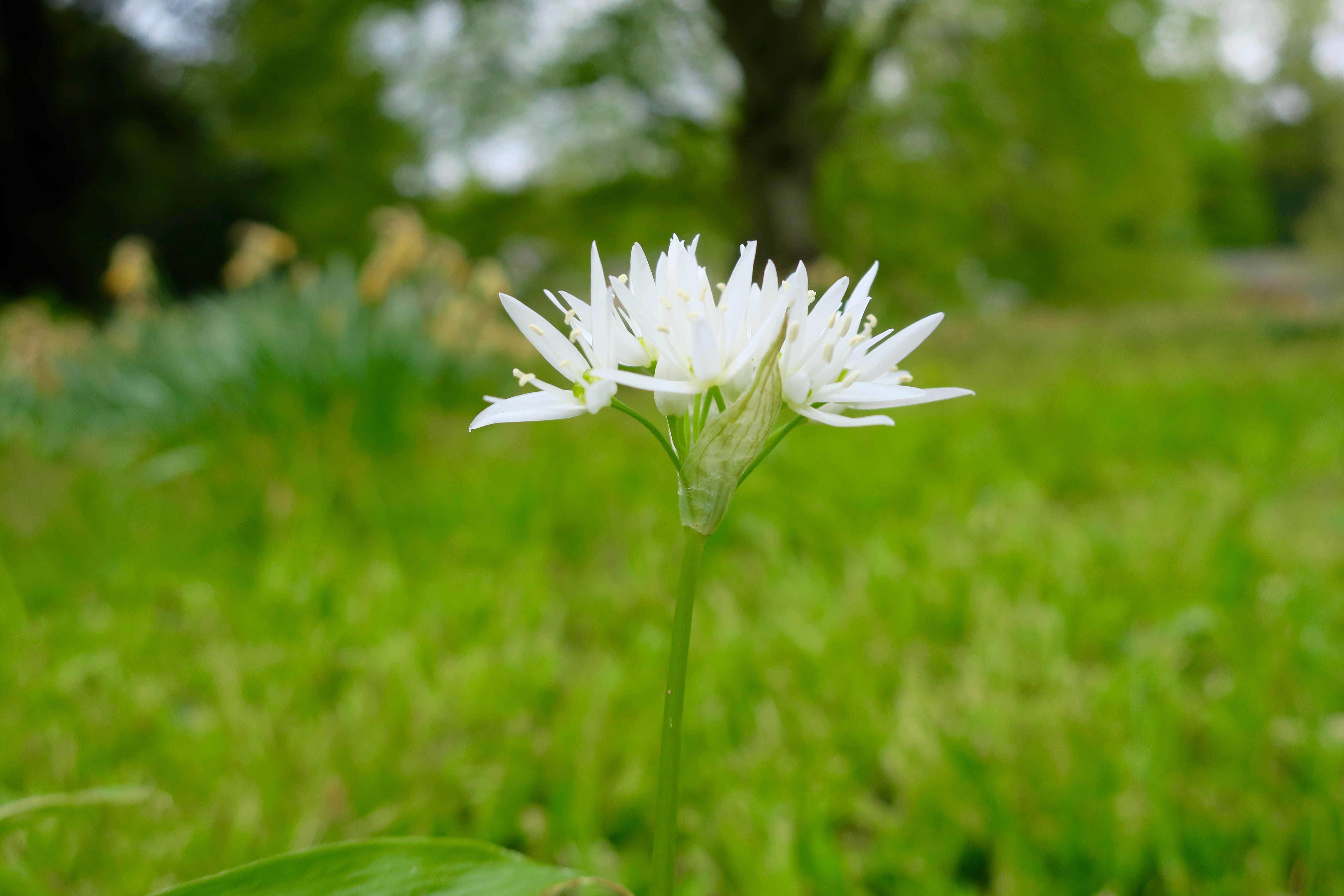












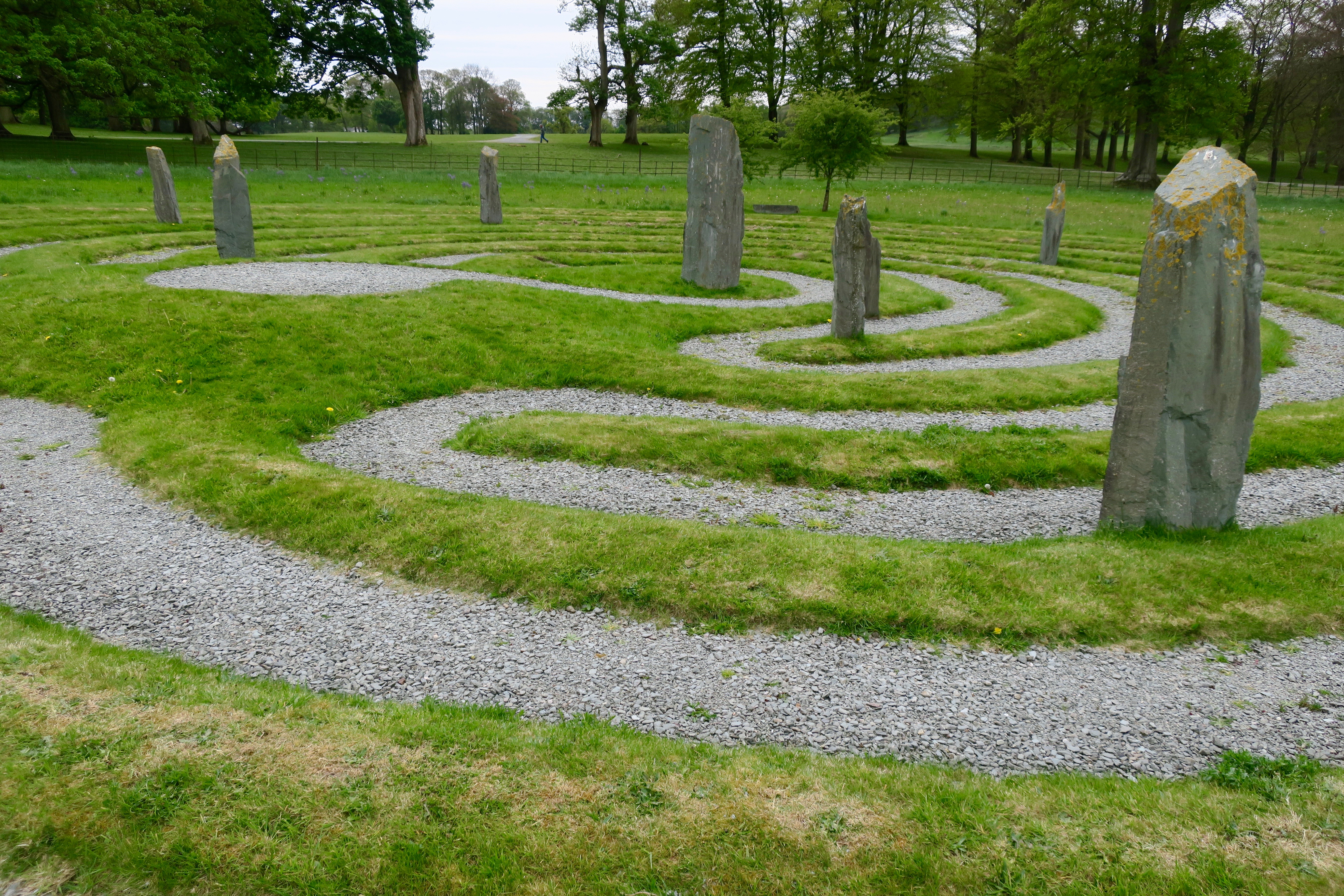





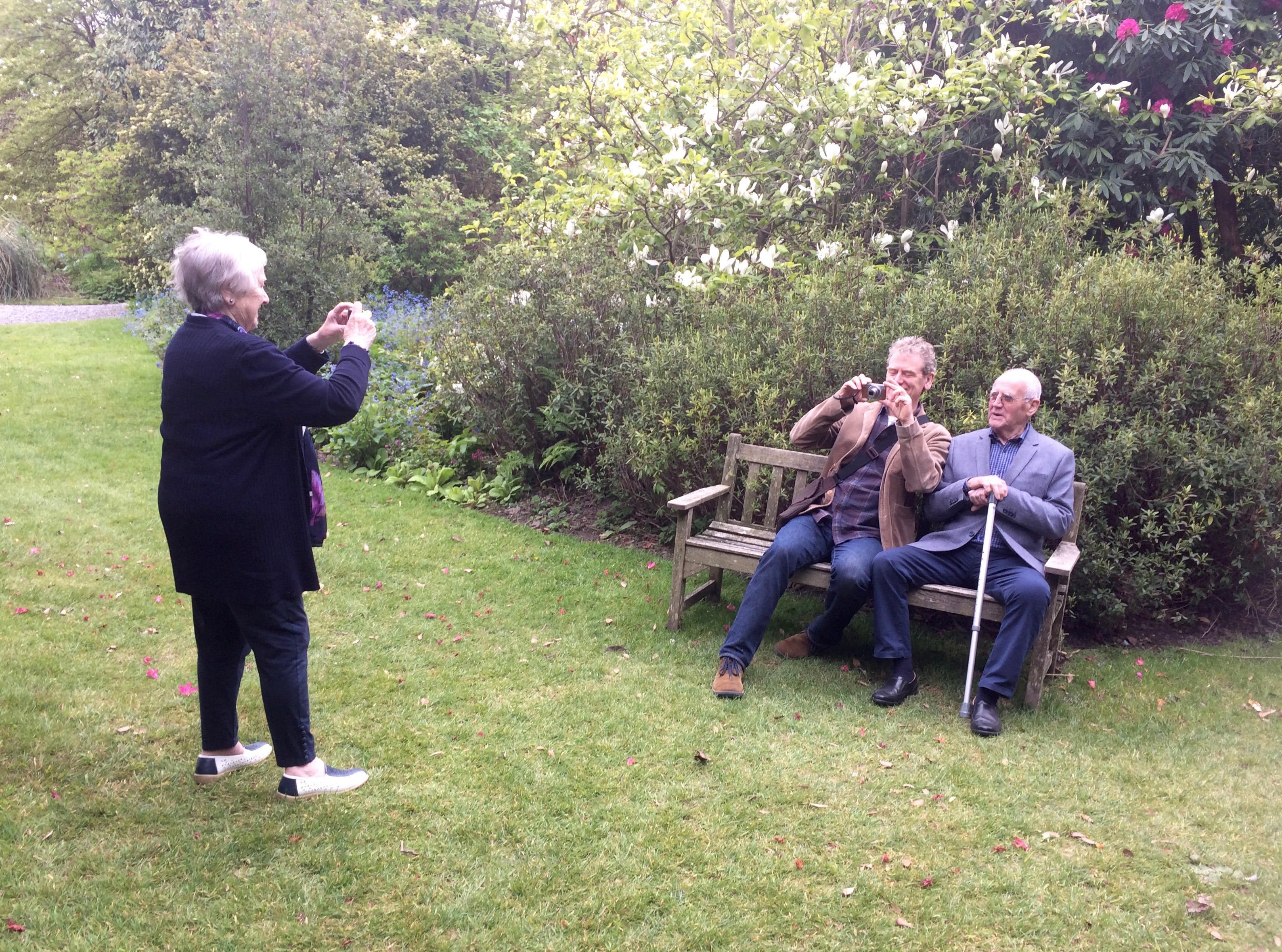


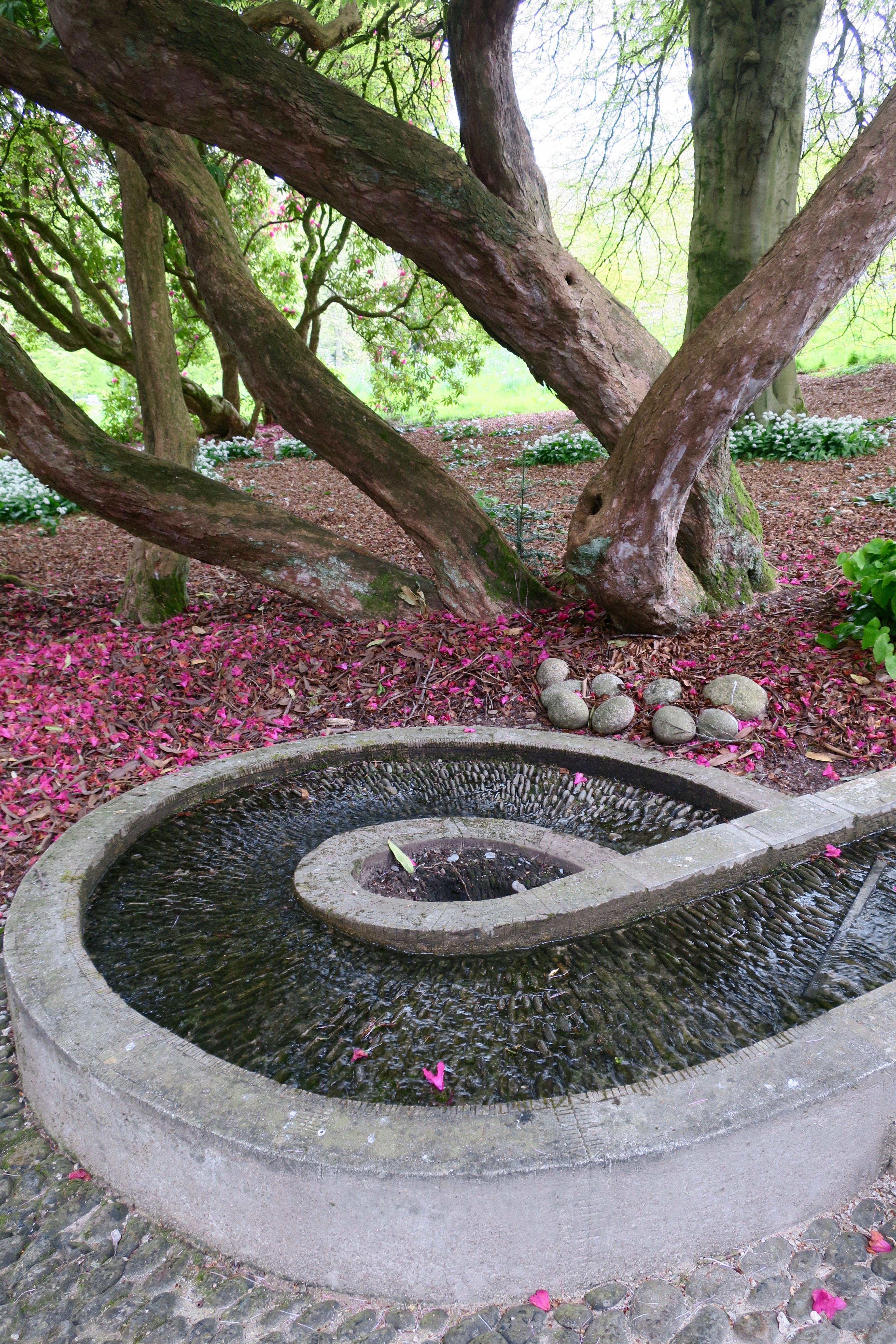


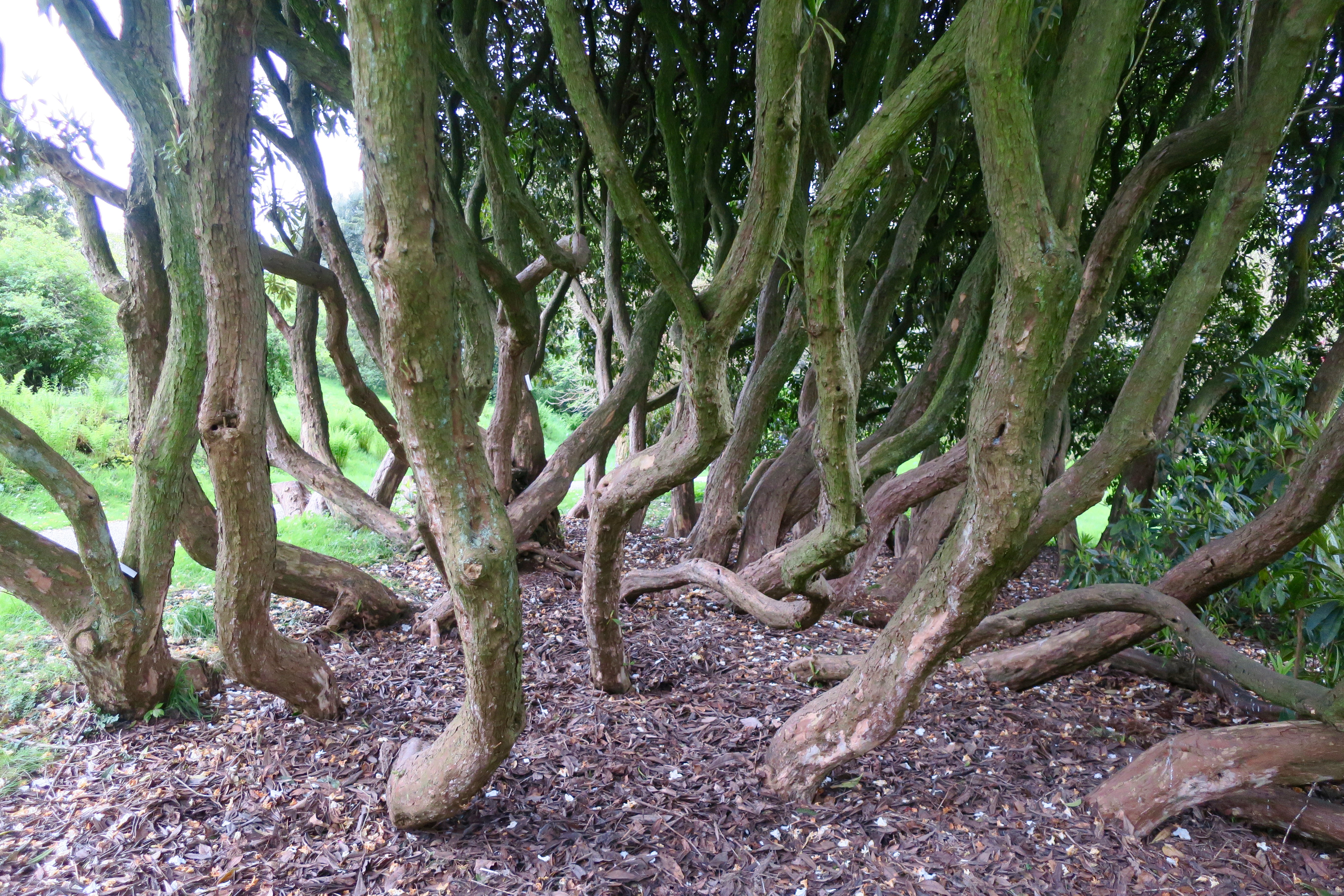






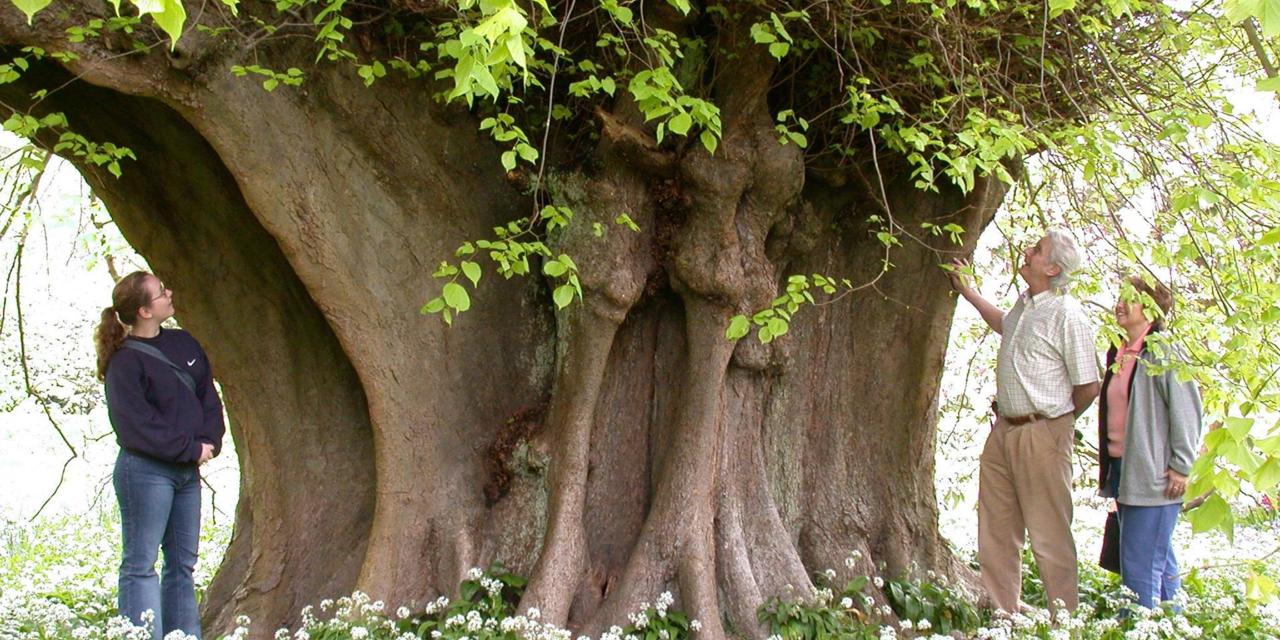


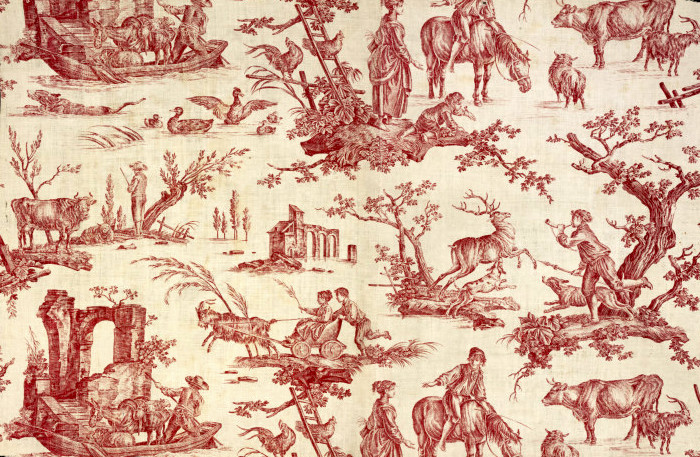


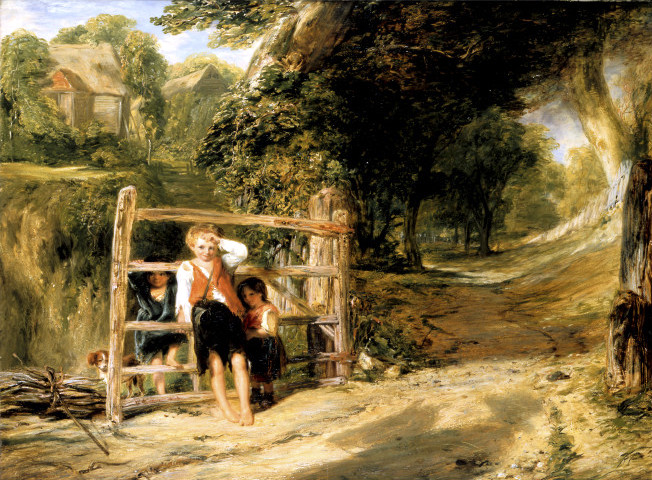
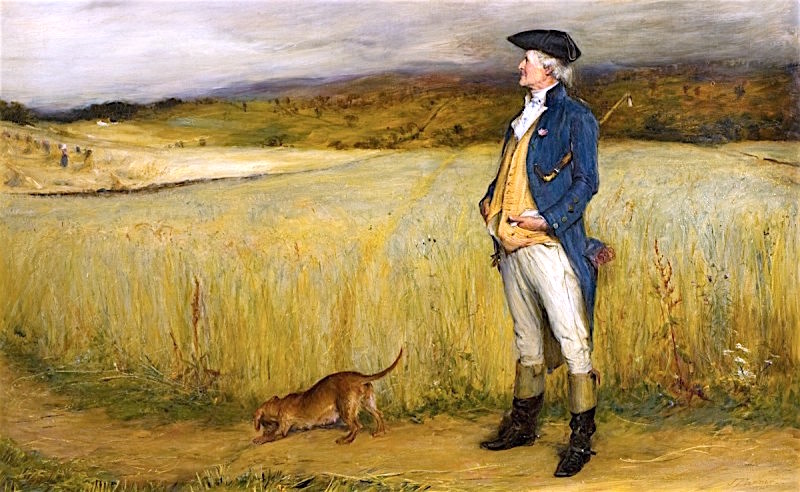
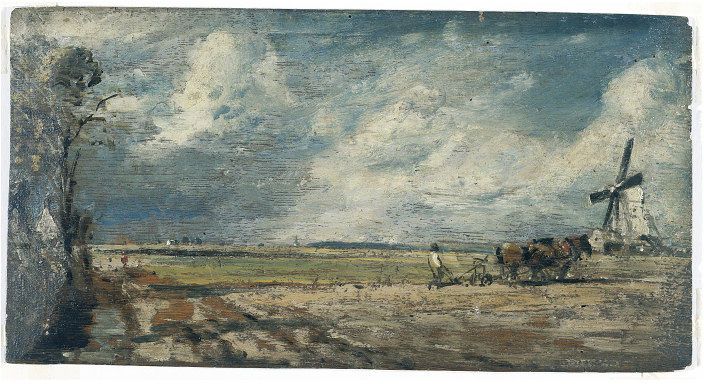

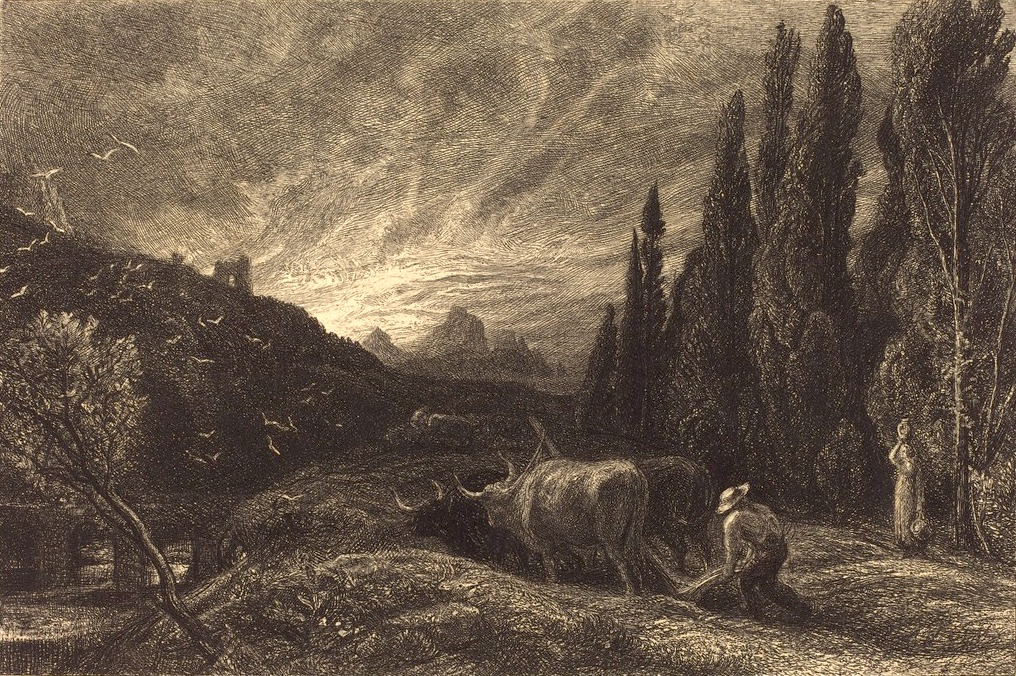
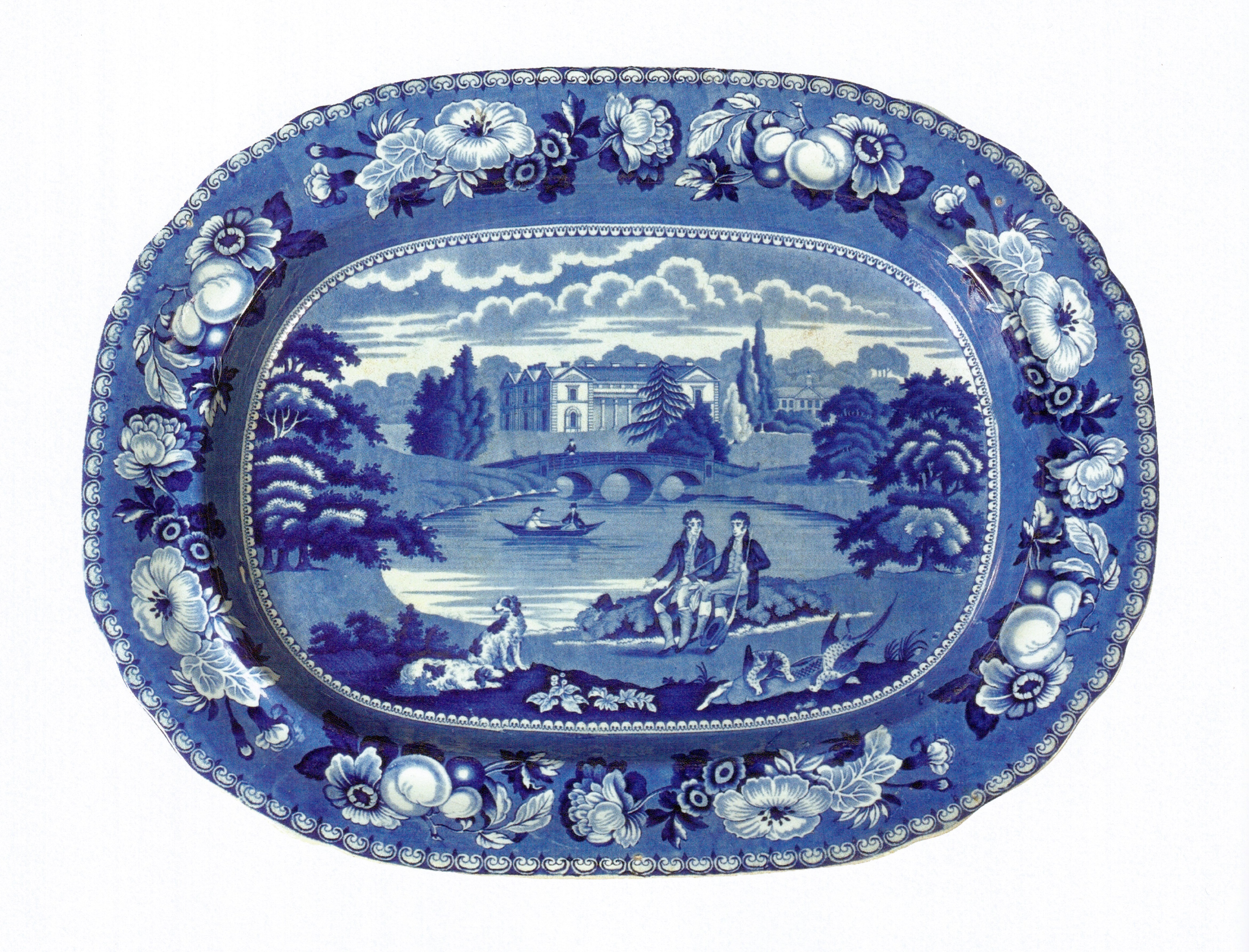
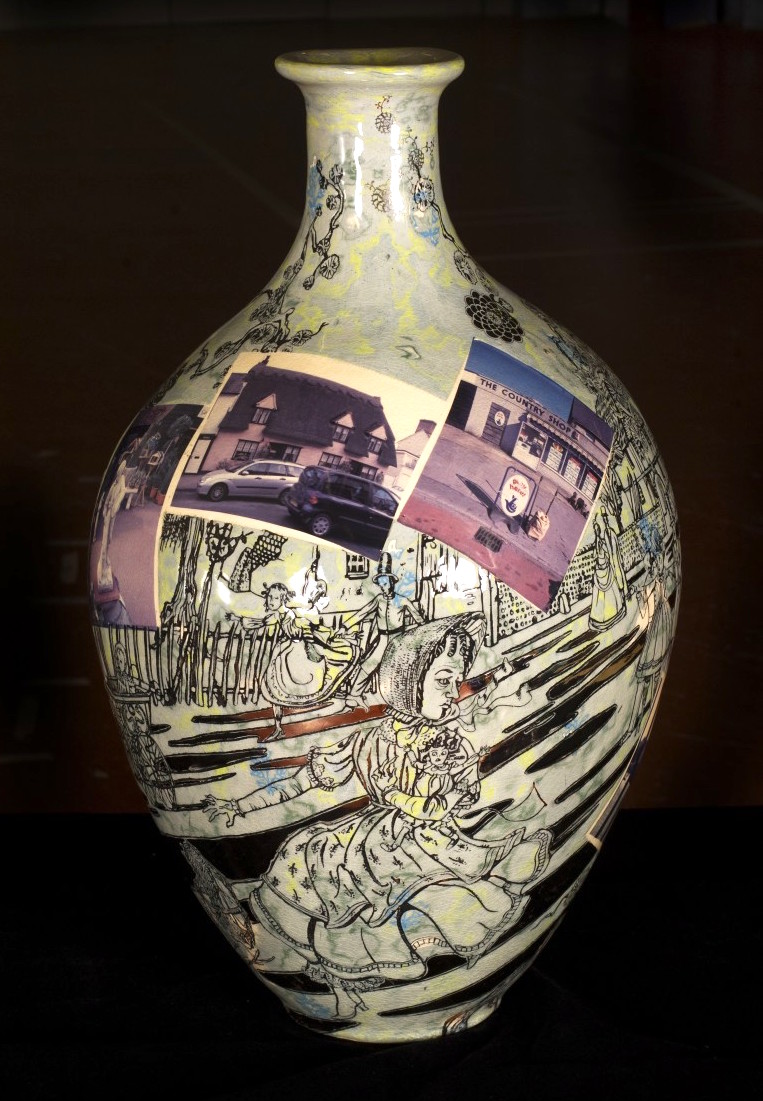
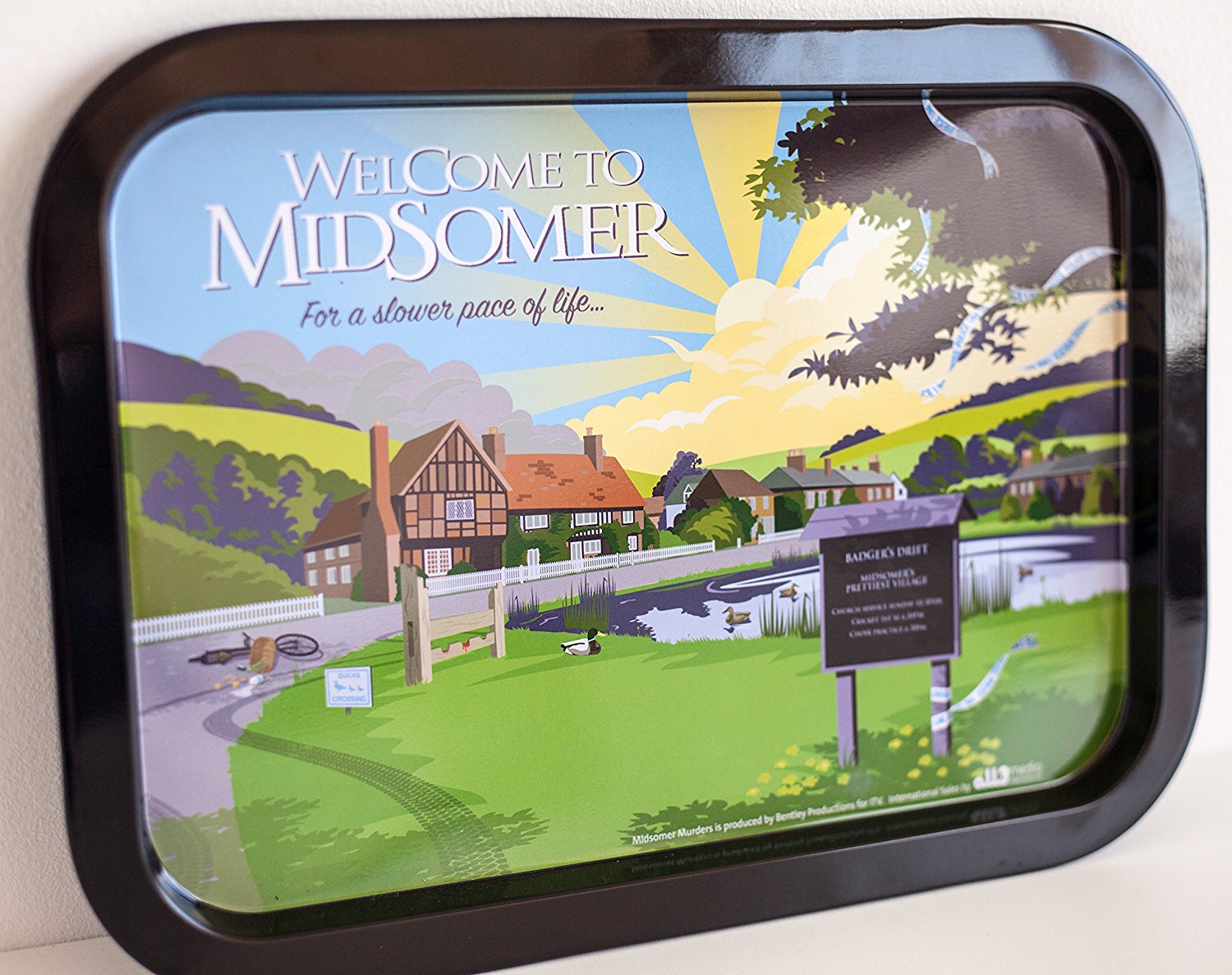

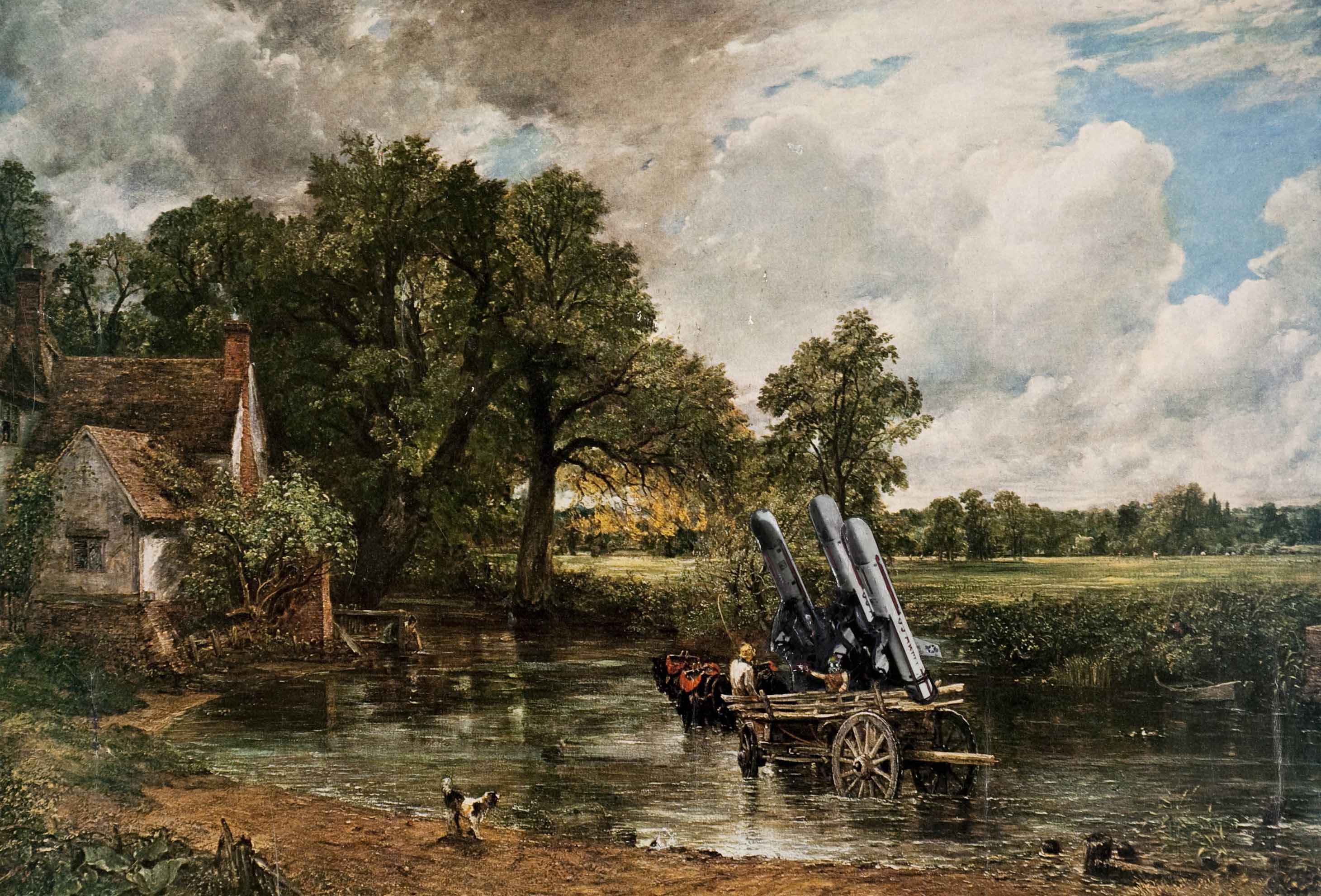
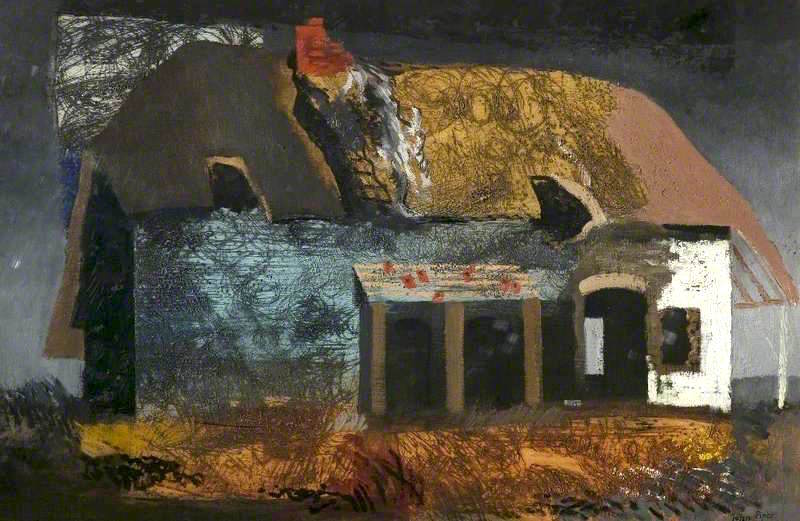
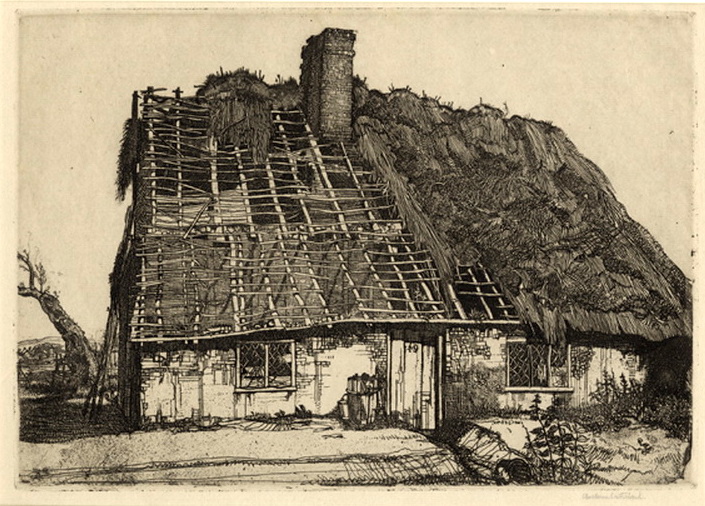

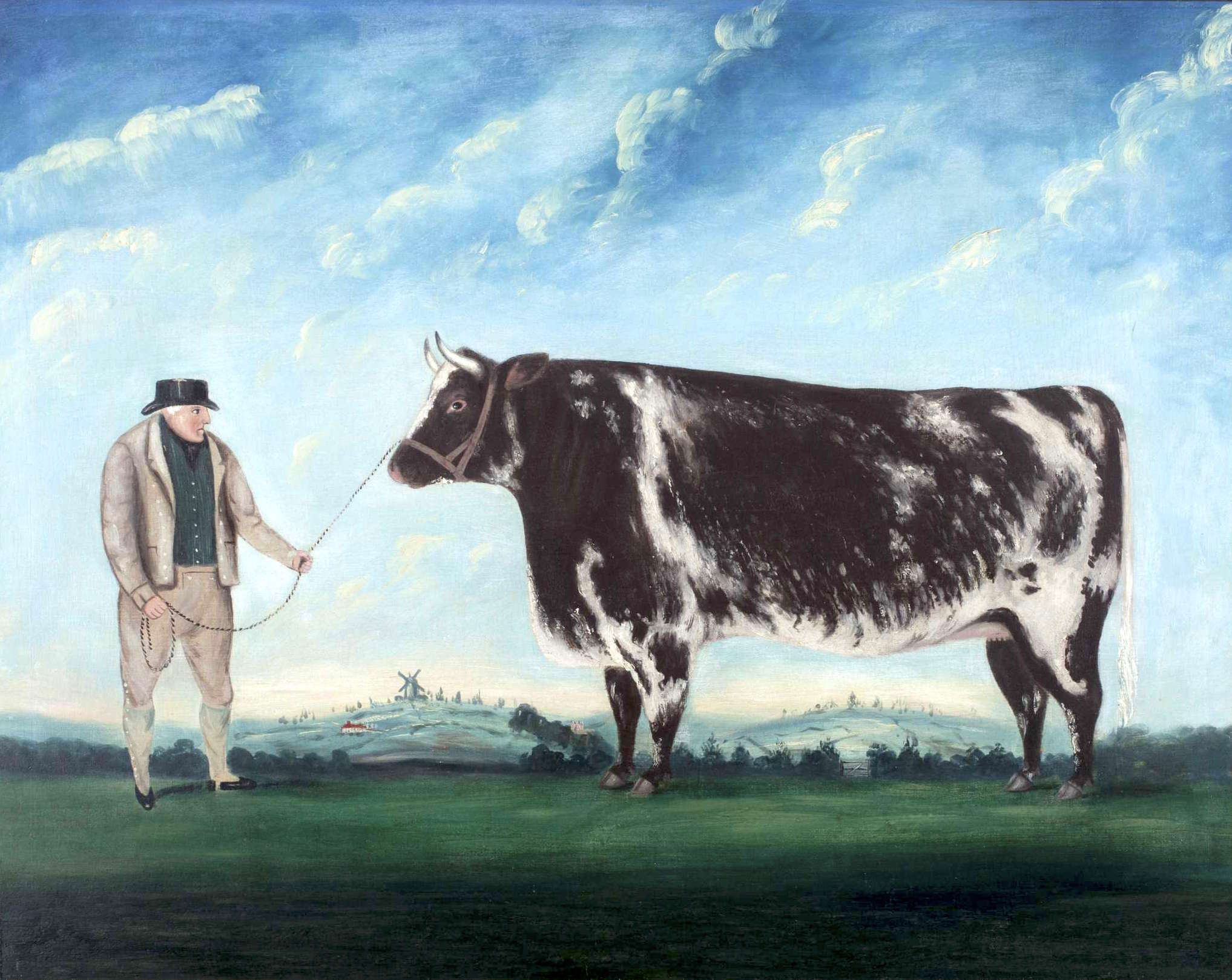

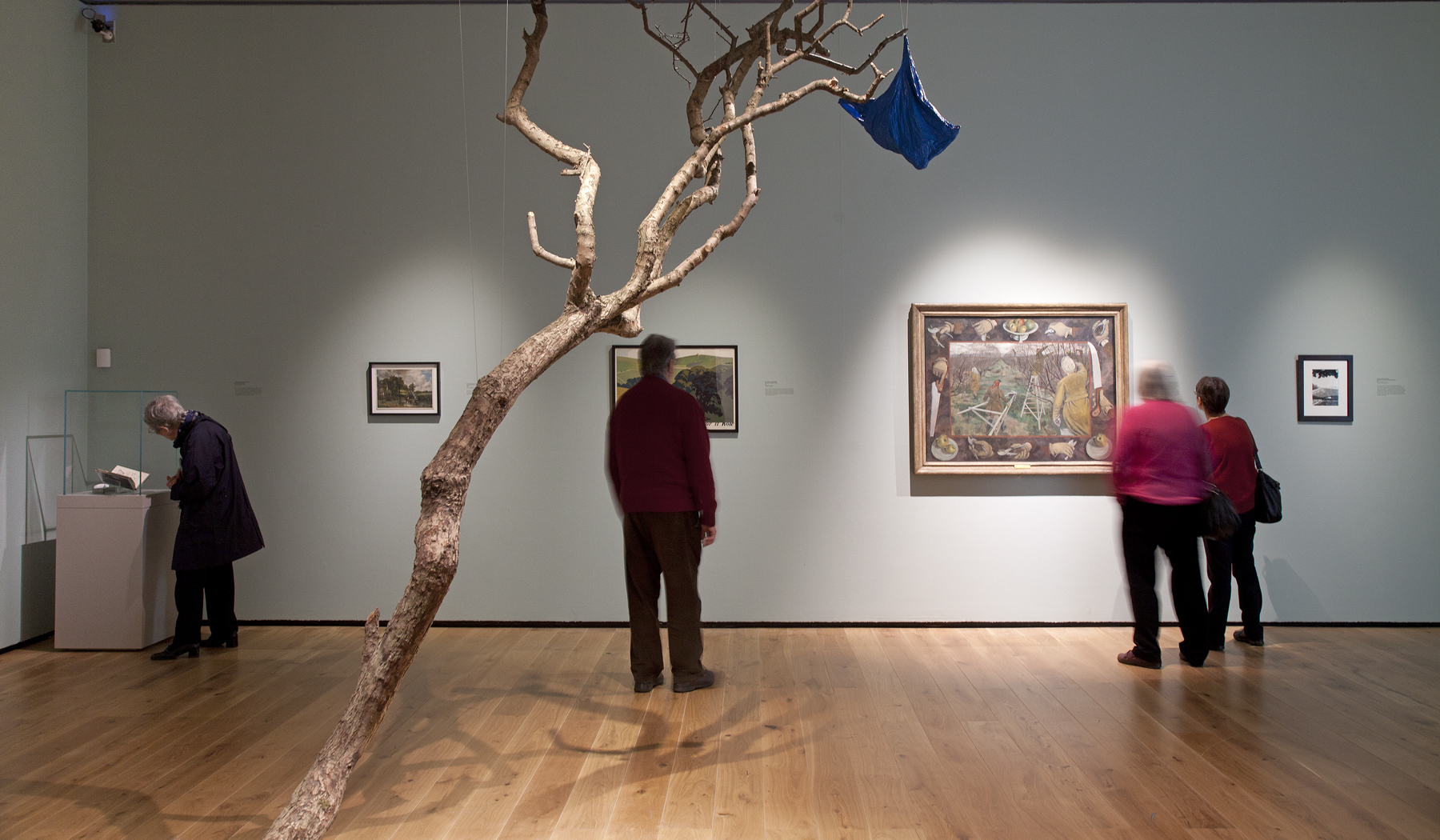
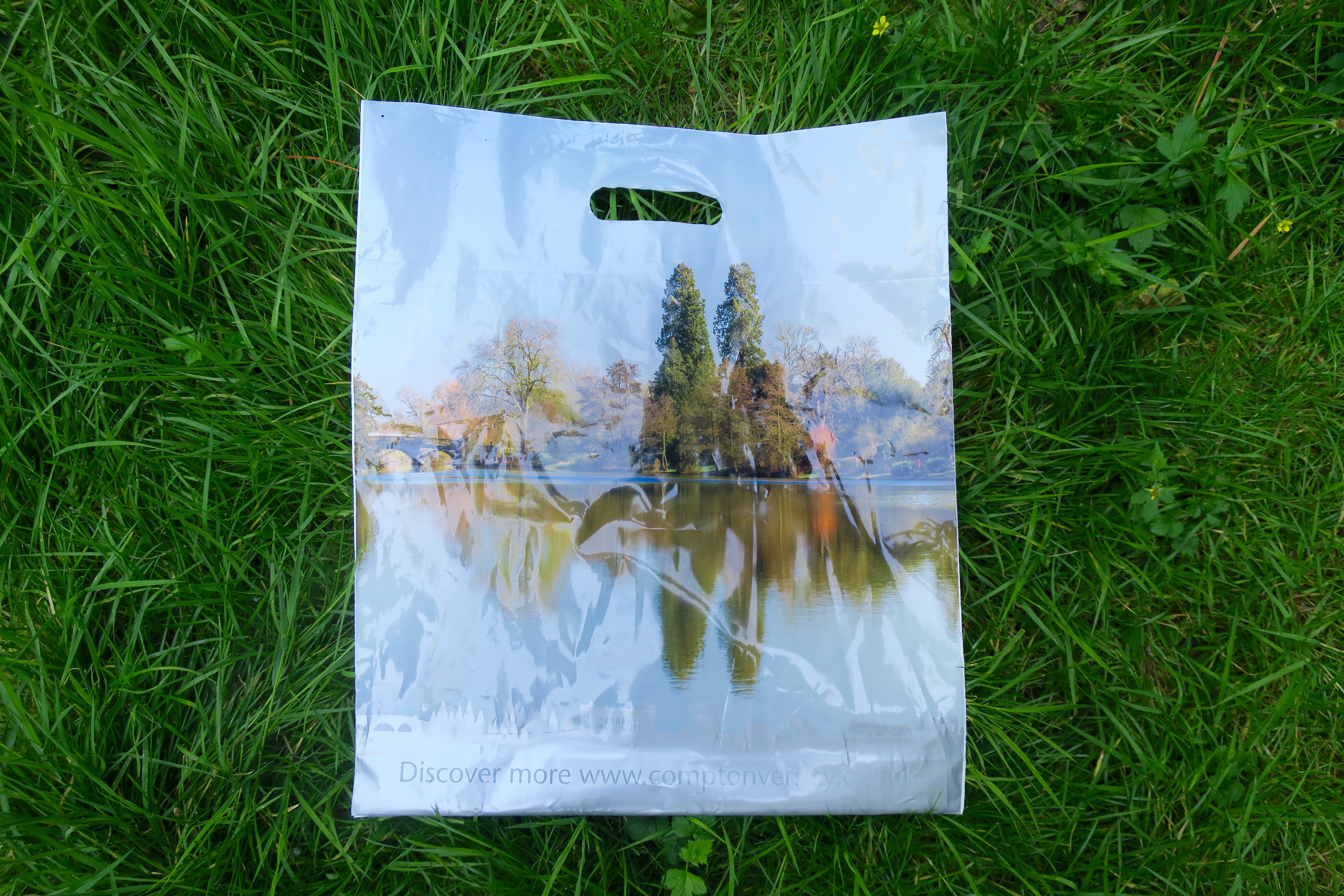




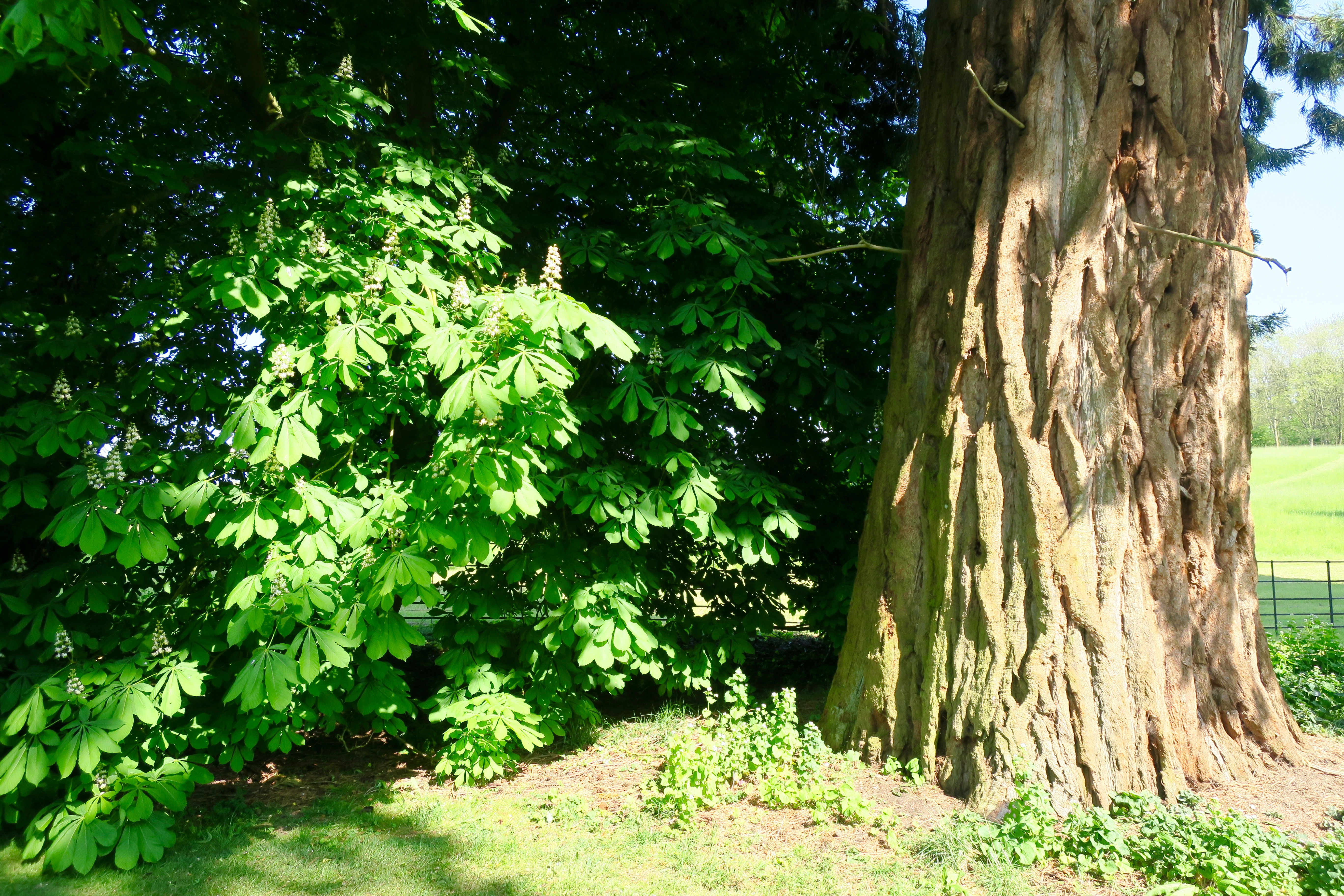
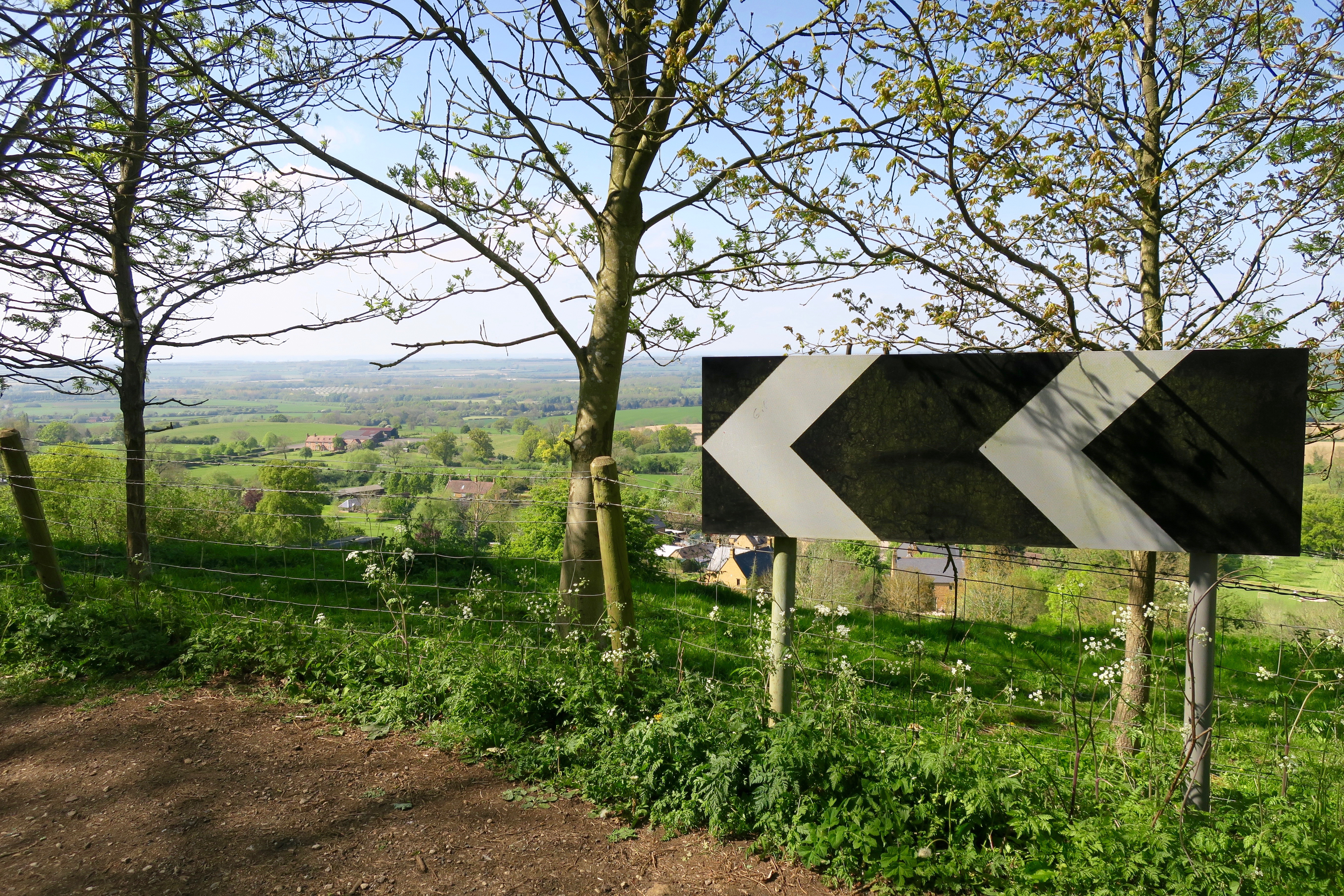
A great posting Chris. It reminds me again that we need a NATIONAL MUSEUM OF LANDSCAPE. I always admire your writing, thank you. Also a pleasure to see my great uncle, E.A.Walton’s painting. I still use his watercolour box.
Thanks Andy, I was hoping you’d see this one. I thought of you when I saw the Walton painting. It’s a great show, well worth a visit if you get the chance.